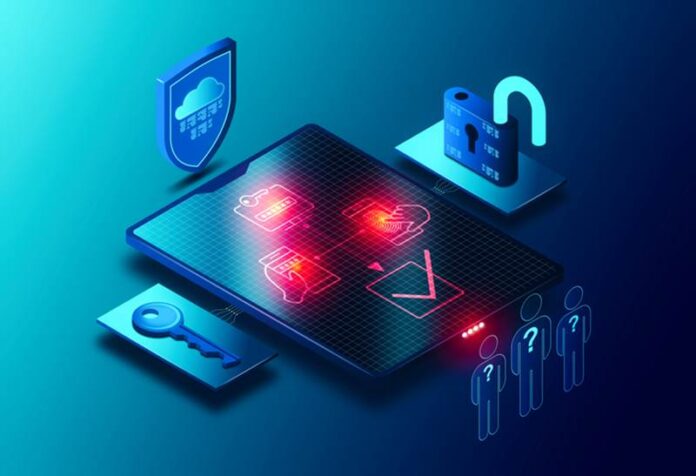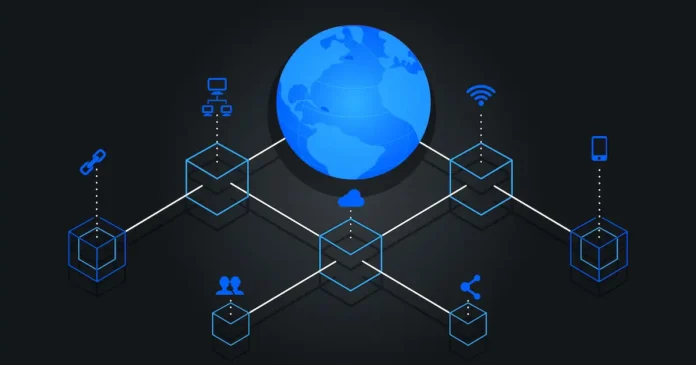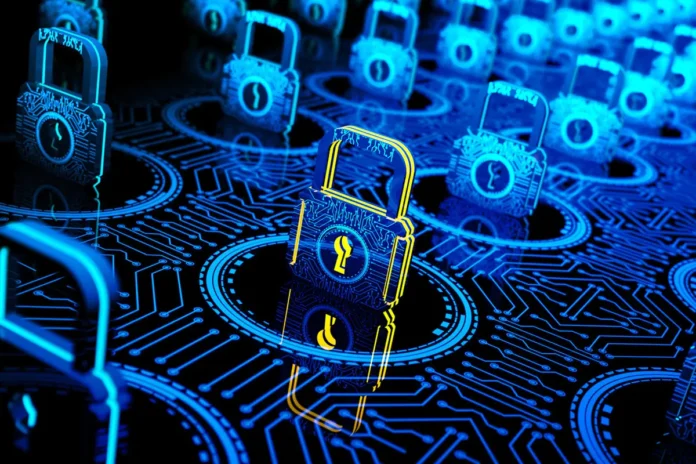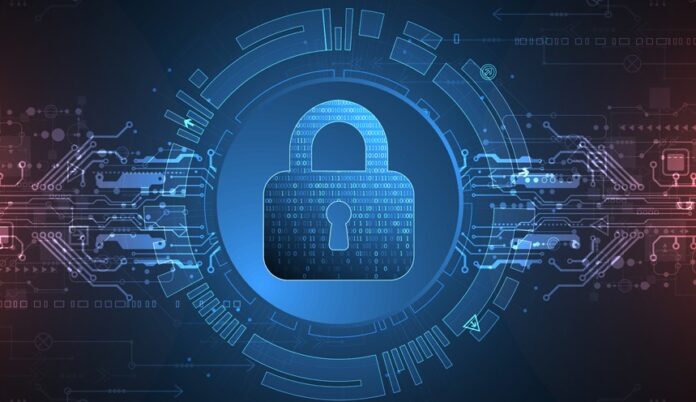
Zero Trust is a cybersecurity ideology based on the core principle that users, devices, and systems should always be authenticated and verified. The name is literal—there are no trusted devices or users with unlimited, unfettered access. Everything is considered suspicious or a threat until proven otherwise.
The philosophy of Zero Trust includes component relationships, security planning, and access policies, according to JumpCloud.
The architecture underlying Zero Trust is a network design strategy. The architecture allows for organizations to have a modern approach to cybersecurity defense that meets the challenges of the constantly evolving and expanding threat landscape.
Zero Trust is unique because it’s specifically designed for a network that has no perimeter.
There’s a high level of protection against not only external but also internal threats.
There’s not one specific technology that Zero Trust relies on, nor is it just about the fundamentals of a basic network. There are principles of operation and infrastructure that have to be considered.
Below, we delve more into what Zero Trust is and the six core principles that are part of it.
What is Zero Trust?

We talked a bit above about what Zero Trust is. With traditional perimeter network security, the focus is on keeping threats and attackers out of the network. That still leaves the architecture vulnerable to devices and users that are within the network.
In a traditional network architecture, there are things like firewalls and access controls, all implemented through building multiple security layers around a perimeter.
Zero Trust works under the assumption that either the network will be compromised or the perimeter will fail. Users and devices as such have to prove they aren’t a threat or attacker.
There’s identity verification for each user and device when they try to access resources on a network, even if it’s an employee, device, or user within the theoretical perimeter.
Within the network, a user is limited, so if they are an attacker, they won’t have lateral freedom to move around throughout the network.
6 Principles of Zero Trust

Below are details on the six principles of Zero Trust.
1. Authenticated and Secure Access to All Resources
The first primary principle of Zero Trust is that access to all resources requires authentication and verification. Each time a user accesses anything, they need to be re-authenticated.
Every attempt to access made on a network is a threat until it can be confirmed that it’s not. This is regardless of the access location or the hosting model.
Implementing these controls requires access protocols and remote authentication, as well as network access control.
For a Zero Trust architecture to be effective, it requires having an intensive knowledge of the enterprise environment and how it’s used. This means identifying devices in a network and their interactions.
2. Microsegmentation

As mentioned, with Zero Trust, defending a traditional perimeter isn’t adequate.
Zero Trust networks are micro-segmented, meaning the perimeters are broken down and defined around each valuable asset. When the boundary is approached, a security inspection is done, and access control is enforced.
Microsegmentation traps attacks in a single segment, preventing the entire network from being crippled by a single breakthrough.
Microsegmentation speaks well to the challenges of BYOD policies and the cloud. It’s increasingly difficult to defend a perimeter because it doesn’t exist in the traditional sense.
3. Least Privilege
Least privilege is a concept relevant in security that means users have only as much access as is absolutely required. The least privilege is that point between too much access and not enough access to perform required duties.
There’s a term, privilege creeps, that becomes relevant here. Also known as permission bloat, this happens when users accumulate access when they change jobs or are promoted.
Privilege creep causes compliance and security risks because it leaves an open gap where one isn’t needed.
Least privilege requires a review of all user access and service accounts. Unneeded access is then removed efficiently.
4. Preventing Lateral Movement

Lateral movement can be prevented through micro-segmentation, but it also stands on its own as a principle that Zero Trust is built on.
Lateral movement is used by bad actors to steal high-value assets or sensitive data. Once an attacker breaches a network, they can collect access and privileges wherever they want.
Zero Trust blocks lateral movement, and for the utmost security, this will require the use of Single Sign-On (SSO), layered with multi-factor authentication.
Multi-factor authentication or MFA requires users to enter more than a single password to authenticate. Second pieces of MFA evidence might include a numeric code or a mobile device push alert.
5. Real-Time Monitoring
Zero Trust models use preventative measures along with real-time monitoring. Then, threats can be discovered and reacted to in real-time. An organization with real-time monitoring can investigate and take steps to fix a problem before an intruder even has the opportunity to move laterally.
The contrast to this is a scenario where events are logged to a security information and event management solution. Rather than going with this, an organization sets up real-time identification challenges.
This detects credential spoofing and brute force attacks, so they can rapidly be blocked.
Once there’s the detection of a threat within an environment, Zero Trust solutions also help with the incident response. As an example, new access controls might be put in place.
6. Alignment with Broader Strategies

Finally, the sixth key principle of Zero Trust is that it doesn’t replace other measures or tools an organization might be using as part of its broader cybersecurity. Zero Trust doesn’t cover every aspect of security. The model should be integrated as part of a holistic approach.
This can include varying technologies as well as approaches.
The ideal organizational security strategy uses different models chosen with particular attention to its specific needs. All the tools and models should work cohesively together to ensure network security.
From there, all employees, third parties, and stakeholders who have access should be properly trained on all elements of security.











